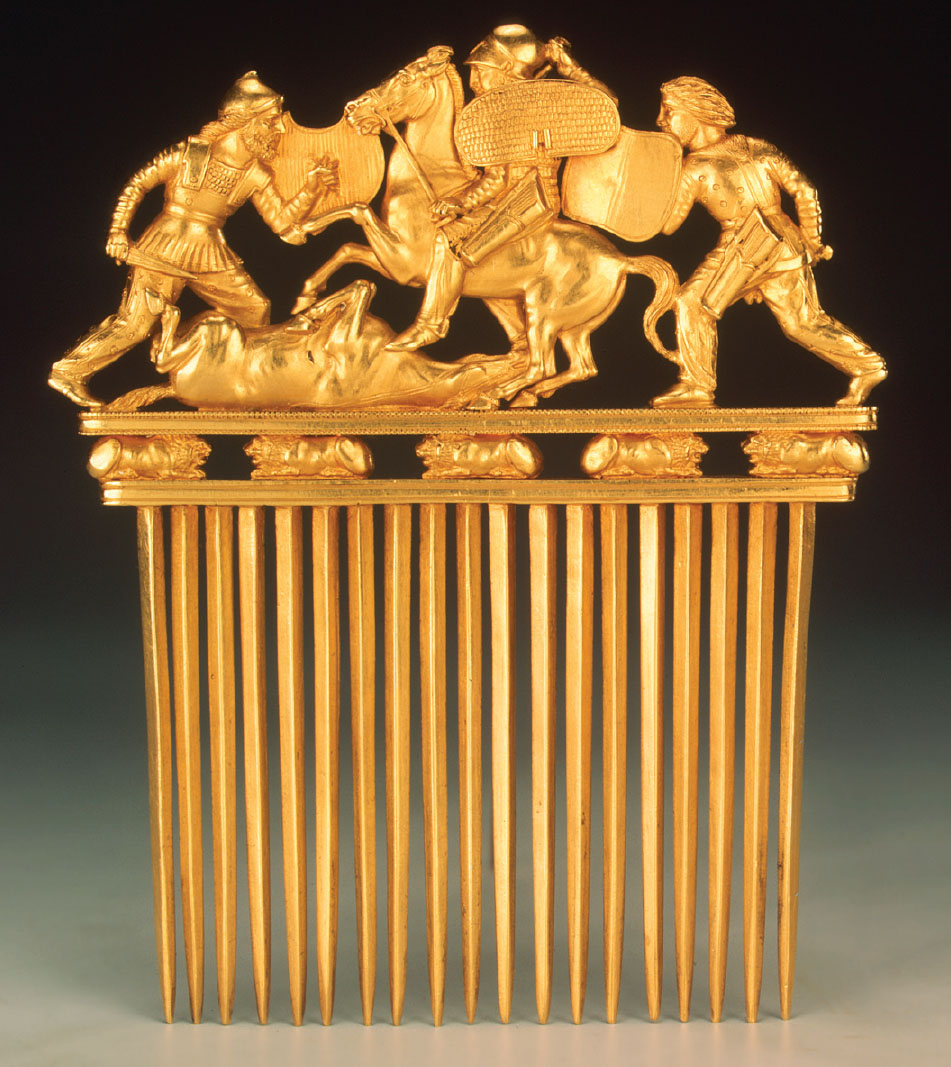A History of World Societies:
Printed Page 121
A History of World Societies Value
Edition: Printed Page 119
Overseas Expansion
The development of the polis coincided with the growth of the Greek world in both wealth and numbers, bringing new problems. The increase in population created more demand for food than the land could supply. The resulting social and political tensions drove many people to seek new homes outside of Greece (Map 5.2).

Greeks traveled throughout the Mediterranean, sailing in great numbers to Sicily and southern Italy, where there was ample space for expansion. Here they established prosperous cities and often intermarried with local people. Some adventurous Greeks sailed farther west to Sardinia, France, Spain, and perhaps even the Canary Islands. In Sardinia they first established trading stations, and then permanent towns. From these new outposts Greek influence extended to southern France.
In contrast to earlier military invasions and migrations of peoples, these were very often intentional colonizing ventures, organized and planned by a specific polis seeking new land for its residents, or by the losers in a political conflict within a polis who were forced to leave. Colonization changed the entire Greek world, both at home and abroad. In economic terms the expansion of the Greeks created a much larger market for agricultural and manufactured goods.
